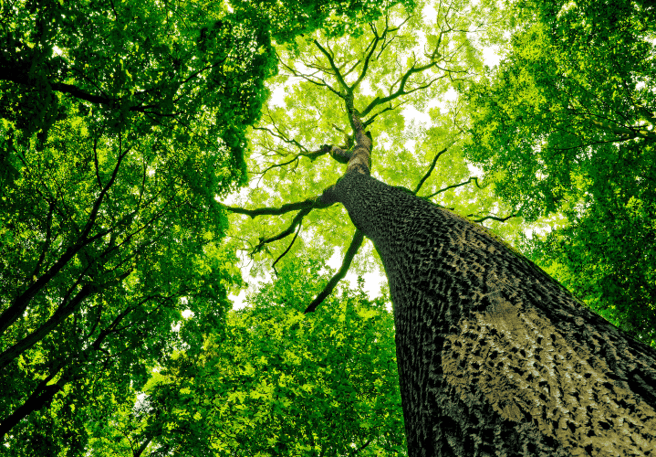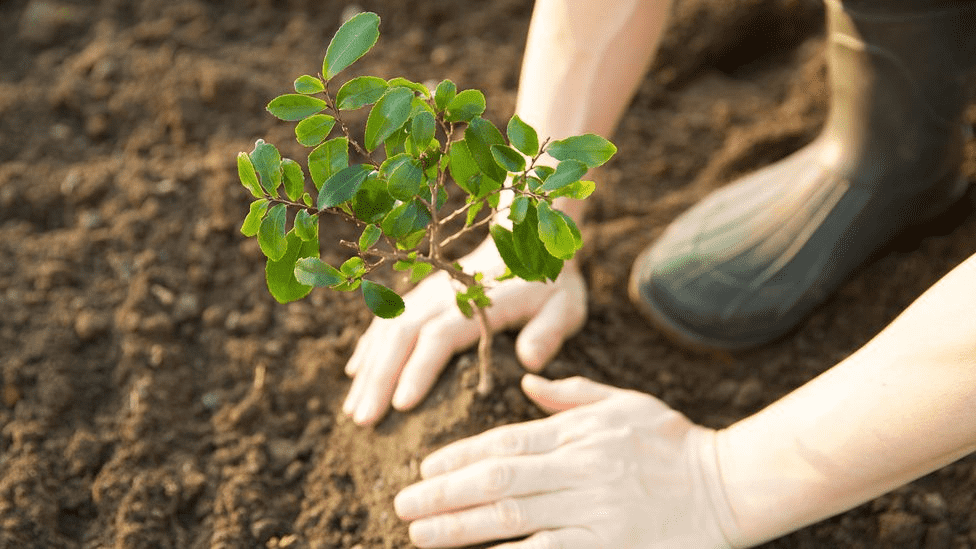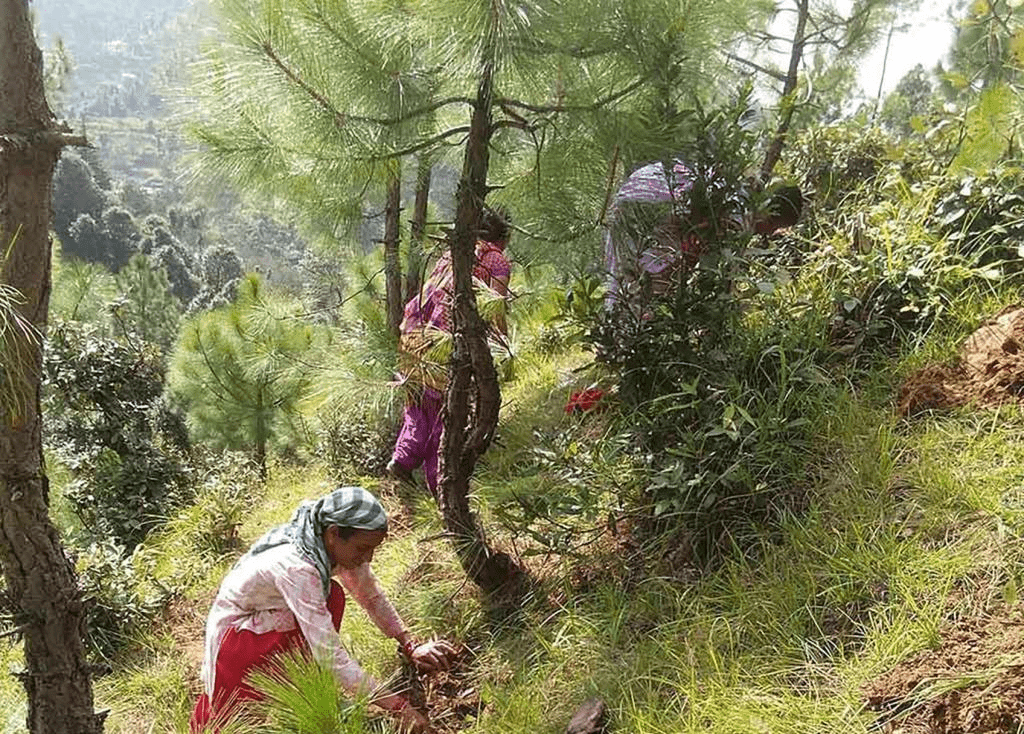Trees have long been recognized for their ability to protect humans from the worst consequences of climate change by absorbing carbon dioxide from the atmosphere. However, new research shows how much trees have been bulking up on that excess carbon.
The study was led by Eric Davis, a Ph.D. graduate of Ohio State’s agricultural, environmental, and development economics program. The US Department of Agriculture supported this study, which revealed that greater CO2 levels in the atmosphere had increased the wood volume – or biomass – of forests in the United States.

The study found that high co2 levels consistently caused a rise in wood volume in 10 different temperate forest groups across the country, even though other factors like temperature and pests can also affect a tree’s volume. This demonstrates how trees’ rapid growth aids in defending the ecosystem of the planet against the consequences of global warming.
“Forests are taking carbon out of the atmosphere at a rate of about 13% of our gross emissions,” said Brent Sohngen, co-author of the study and professor of environmental and resource economics at The Ohio State University.

“While we’re putting billions of tons of carbon dioxide into the atmosphere, we’re actually taking much of it out just by letting our forests grow.”
“It’s well known that when you put a ton of carbon dioxide in the atmosphere, it doesn’t stay up there forever,” Sohngen said.
“A massive amount of it falls into the oceans, while the rest of it is taken up by trees and wetlands and those kinds of areas.”
According to the study, over the past several decades, forests in the United States absorbed around 700-800 million tons of carbon dioxide each year, accounting for roughly 10% to 11% of the country’s total carbon dioxide emissions.
While excessive levels of CO2 can impair natural systems and infrastructure, trees have no issue gorging themselves on the planet’s extra supply of greenhouse gas.

Sohngen believes that carbon fertilization might improve tree growth efficiency in the future. In addition, Sohngen said that the cheaper cost of planting trees due to carbon fertilization might help reduce the cost of combating climate change, which now costs the United States roughly $2 trillion yearly.
“Carbon fertilization certainly makes it cheaper to plant trees, avoid deforestation, or do other activities related to trying to enhance the carbon sink in forests,” Sohngen said.
“We should be planting more trees and preserving older ones because, at the end of the day, they’re probably our best bet for mitigating climate change.”
The study was published in the journal Nature Communications.


